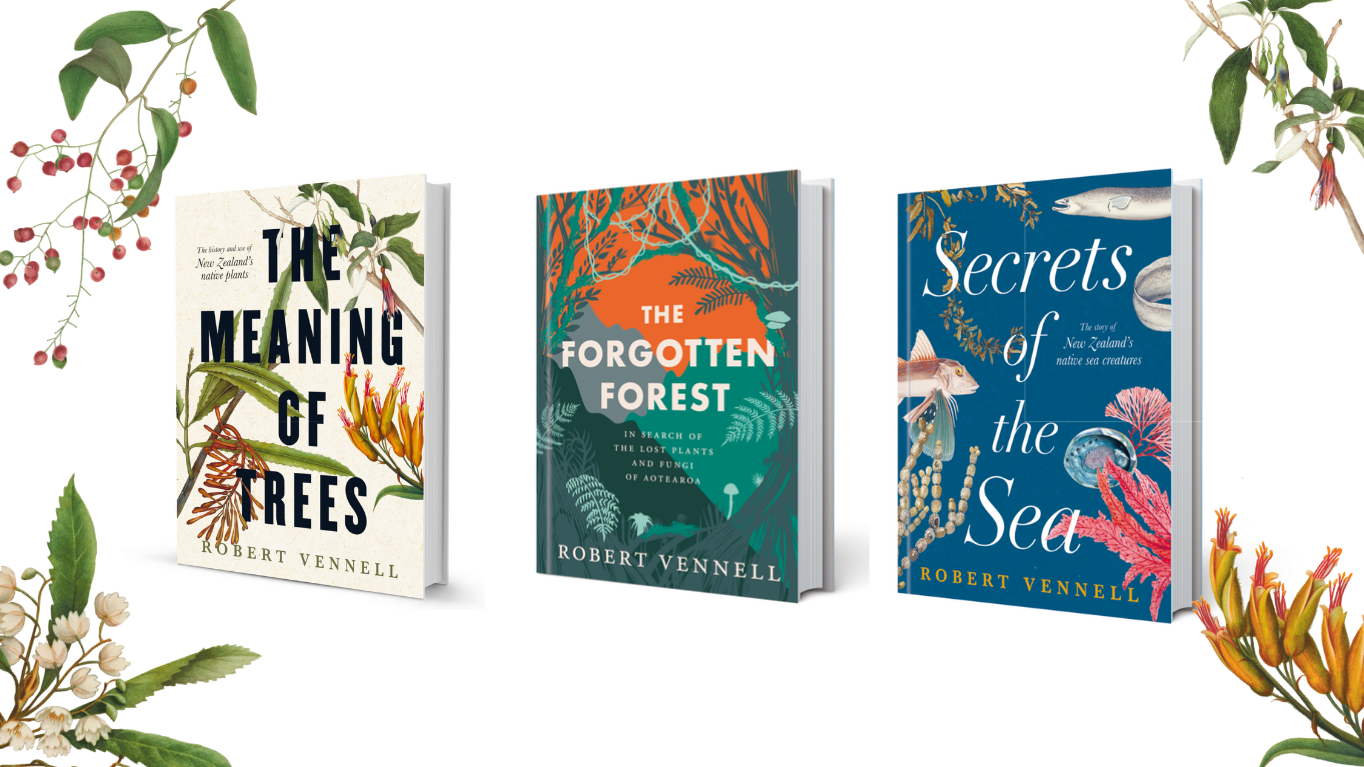
Taraire – Beilschmiedia tarairi
The easiest way to identify taraire is to listen for the crunch of its leathery leaves under your feet. The large, green leaves are very slow to rot, and over time will build up in a thick, crunchy blanket on the forest floor. This leaf-layer smothers out many other seedlings and plants, leaving the forest open and easy to navigate on foot. The other remarkable feature … Continue reading Taraire – Beilschmiedia tarairi









